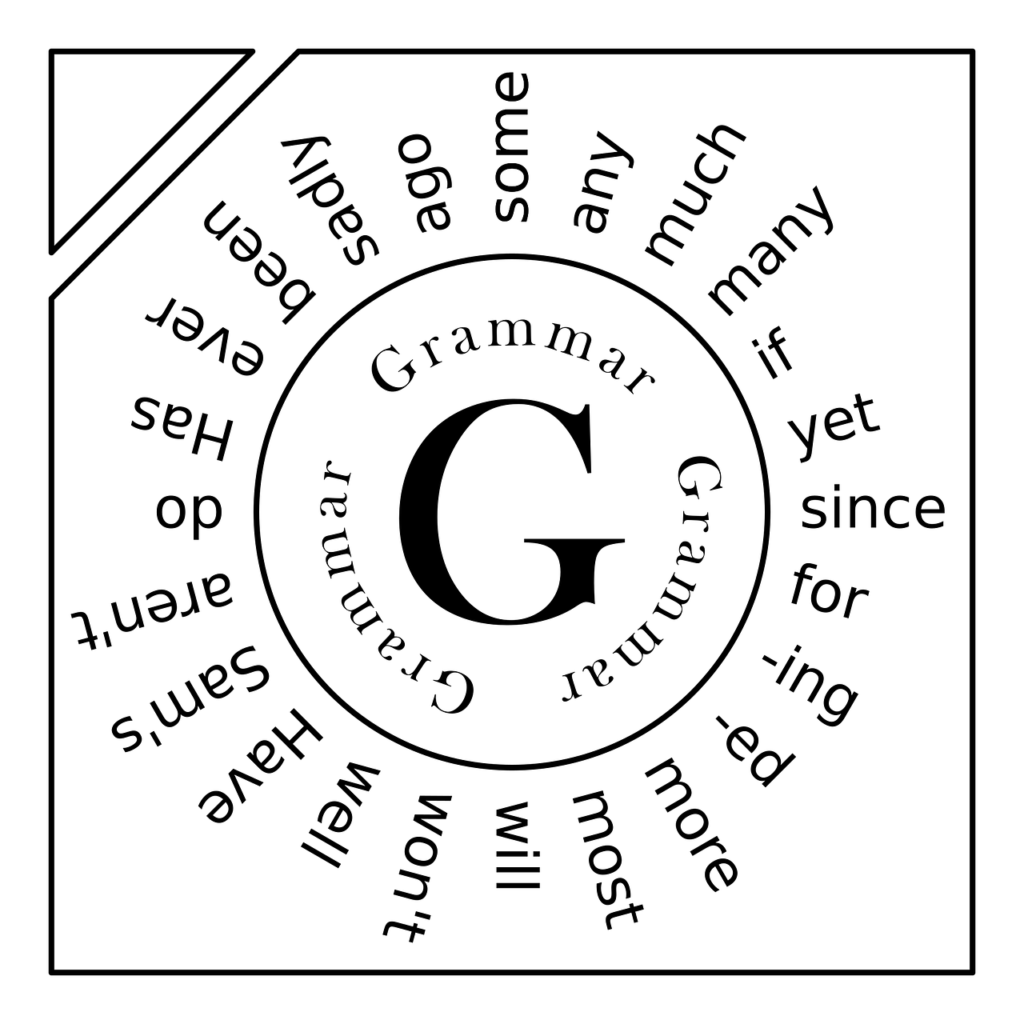The phrases “it’s no problem” and “it’s okay” are both ways of expressing that something is not a big deal or a serious issue. They can be used to respond to an apology, a request, a thank you, or a situation that might cause worry or concern. For example:
- A: I’m sorry I spilled coffee on your shirt.
- B: It’s no problem. / It’s okay. (meaning: don’t worry about it, I’m not angry or upset)
- A: Can you help me with this project?
- B: It’s no problem. / It’s okay. (meaning: sure, I’m happy to help, it’s not a bother)
- A: Thank you for your hard work.
- B: It’s no problem. / It’s okay. (meaning: you’re welcome, it was my pleasure, it was not difficult)
- A: I hope you’re feeling better soon.
- B: It’s no problem. / It’s okay. (meaning: thank you, I’m not too sick, it’s not a serious condition)
These phrases are very similar in meaning and can be used interchangeably in most situations. However, there might be some slight differences in tone or nuance depending on the context and the speaker. For example:
- “It’s no problem” might sound more casual and friendly, while “it’s okay” might sound more formal and polite.
- “It’s no problem” might emphasize that something is easy or effortless, while “it’s okay” might emphasize that something is acceptable or satisfactory.
- “It’s no problem” might imply that the speaker is willing to do something again or more, while “it’s okay” might imply that the speaker is satisfied with the current situation or outcome.
Of course, these differences are not always clear or consistent, and they might vary depending on the tone of voice, facial expression, body language, and other factors of communication. The best way to understand the meaning of these phrases is to pay attention to the context and the speaker.

